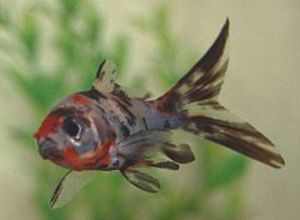Being a special education teacher for a little less than three years, I have amassed a lot of knowledge concerning best practices and strategies to use when teaching children with different abilities. Children diagnosed with autism are on the increase, so knowing how to teach these children and which strategies to use, is extremely important. listed are some tried and true strategies that will ensure that every autistic child receives the best education possible.
These strategies can be implemented both in a classroom and at home.
1) Create an environment that is not over stimulating. The child will do better if there is no loud music playing in the background, as it distracts an autistic child from concentrating.
2) Create a structured environment with predictable routines. This is where the picture schedule so often used in autistic classrooms comes into play. The daily routine should be the same from day t day, only differing for special occasions. At such times, an appropriate picture representing that event should be placed on the child’s schedule.
3) Give fewer choices. If a child is asked to pick a color, say red, only give him two to three choices to pick from. The more choices, the more confused an autistic child will become.
4) Select repetitive motions when working on projects. Most autistic classrooms have an area for work box tasks, such as putting erasers on pencils or sorting colors into colored cups.
5) Keep voice low and clear when teaching. Autistic children become agitated and confused if a speaking voice is too loud. Excess talking between staff members should be kept to a minimum.
6) Limit physical contact. While this is a good strategy for all children, autistic children can not properly interpret body language and touch, so minimal body physical contact is best
7) Allow students to stand instead of sit around a table for a class demonstration or for morning or evening meeting. Many children do better when allowed to stand. Many rock back and forth and this allows them to repeat those movements while still listening to teacher instruction.
8) Encourage and promote one to one interactions with students to promote social skills. Since autistic children have a problem with social skills and appropriates social behavior this is very important. Opportunities for social interaction might have to be structured at first, but with practice, they will start to understand social interactions.
9) Eliminate stress. Again, the autistic child needs to learn in a calm and quiet classroom. IF staff members are experiencing too much stress, leave the classroom until you feel better. Autistic children pick up on emotions very easily.
10) For visual learners, be sure to use signs and pictures, such as the pictures from the Board maker program. This is the beginning of communication skills for these children.
These ten suggestions should help in educating the autistic child with less stress and in a more focused environment taking into account their limitations.
Reference:
- experience



